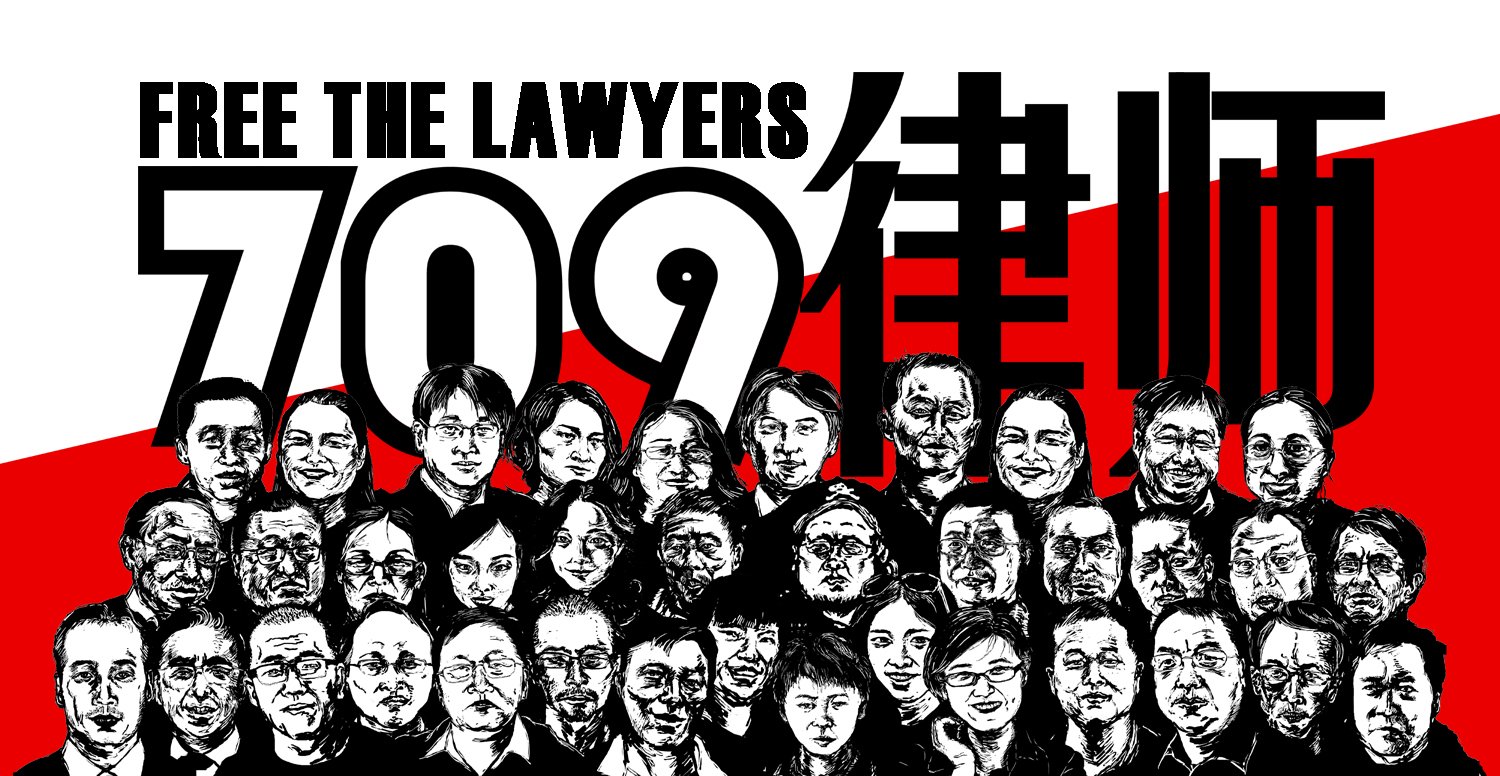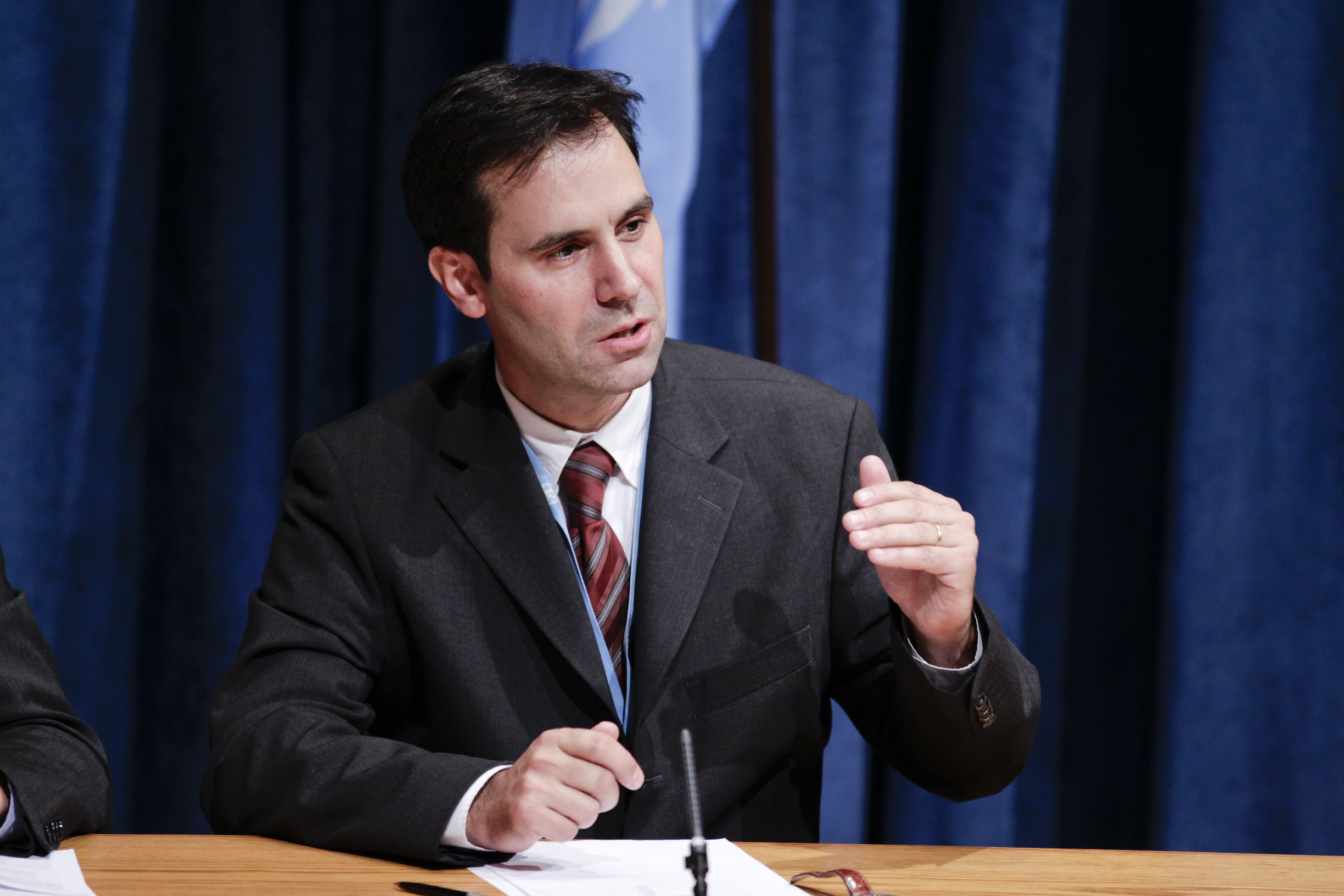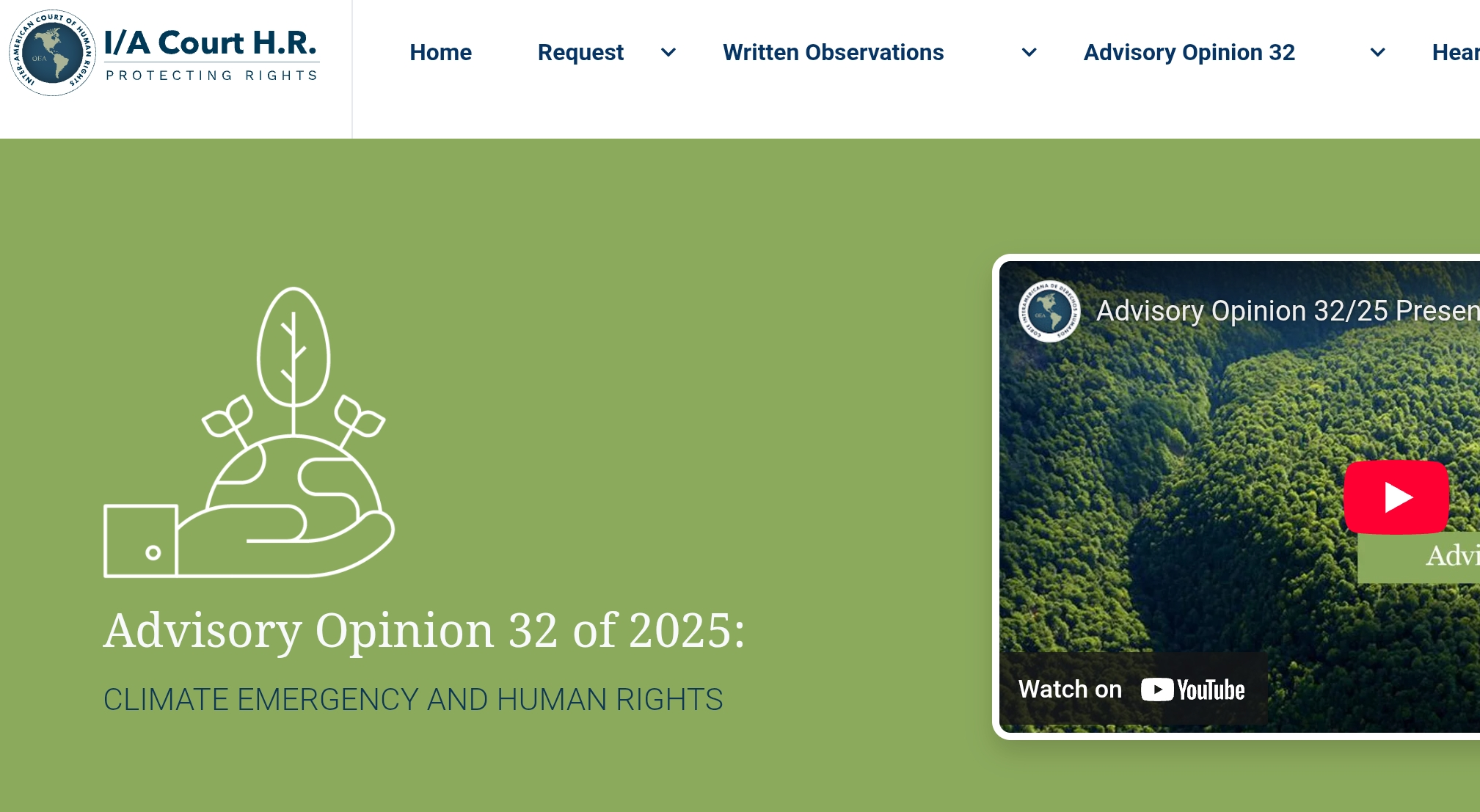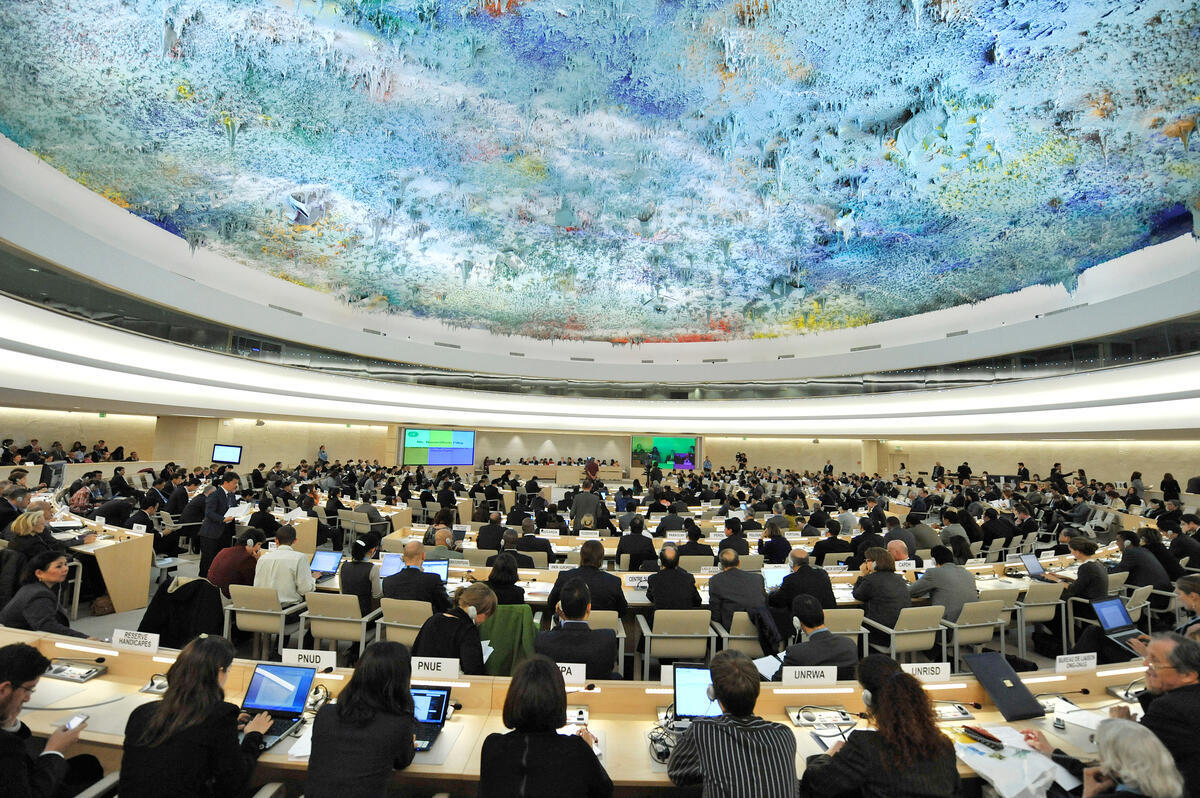Article disponible en français ici
By Olivier de Frouville, Professor at the Université Paris 2 Panthéon-Assas, director of the Centre de Recherche sur les Droits de l’Homme et le Droit Humanitaire (C.R.D.H.), and member of the UN Human Rights Committee. Article translated from French.
The UN human rights system is a mish-mash of parts that operate relatively autonomously from each other. Olivier de Frouville examines the relationship between the system’s many parts and how coherence and coordination could be improved.
Over 70 years, the United Nations has provided a special multilateral framework for the development not only of universal standards for human rights, but also of international protection mechanisms. Thanks to the proliferation of these mechanisms, it has now become difficult for a State to violate human rights. More than ever, we are nearing the kind of utopia described by Kant two centuries ago: that of a cosmopolitan society in which the violation of a single right in one place is felt everywhere else. One of the key aspects of the development of this system was to follow an empirical and progressive method, by moving in small successive measures, making the most of opportunities offered by one political context or another, or by using circumstantial majorities. At the end of the war, three big proposals for institutional reform were put forward, without success: the creation of an Office of the High Commissioner for Human Rights, the creation of an international criminal court and the creation of a global court of human rights. Of these three proposals, which at the time seemed completely utopian, two have become a reality today. This, in itself, shows how far things have progressed but also draws attention to the necessity to keep on striving.
Empiricism also has its drawbacks, including the relatively anarchical development of structures and sub-systems that are disconnected from each other. The main reason behind this is that the system has in fact never been considered as such – a coherent and coordinated entity – but rather as a mish-mash of parts that are relatively autonomous from each other, each with its own history and dynamics. It is the same for the so-called ‘institutional’ and ‘charter-driven’ sub-system, as well as the ‘conventional’ or ‘treaty-derived’ sub-system.
Both of these sub-systems have undergone separate developments: while the institutional system was developing according to established political arbitrations within the Commission on Human Rights (the Commission) and the Human Rights Council (the Council), the conventional system was following the treaties’ logic, which binds only the States that have ratified them and is therefore organised according to the community of Member States. In the same way, both sub-systems have generated their own independent expert mechanisms: with the Special Procedures and other expert bodies that report to the Commission and the Council, and that benefit from a general authority over all the UN Member States, on the one hand; and on the other hand with the conventional committees that are only tasked with monitoring the implementation by States of one treaty in particular.
Some have criticised the separate development of these two sub-systems by pointing out that it creates regrettable duplication. In reality, this argument was and remains for the most part unfounded: on the one hand, the two sub-systems are largely complementary, insofar as the situations not dealt with by the treaties are likely to be examined by the institutional mechanisms; on the other hand, a so-called duplication could turn out to be beneficial, by creating an almost continuous follow-up of a specific situation, with the reports of the Special Procedures following the final observations of the conventional bodies and the reports adopted after the Universal Periodic Review (UPR).
Yet, there again, empiricism prevails. Coordination appears inevitable when two bodies respectively belonging to the two sub-systems have the same thematic mandate: this is why, from its very beginning in 2010, the Committee on Enforced Disappearances (derived from the 2006 Convention on Enforced Disappearances) established a tight working relationship with the Human Rights Council’s Working Group on Enforced and Involuntary Disappearances. But outside of this very specific hypothesis, coordination is far from systematic. It is possible to roughly distinguish three levels.
At the first level, during the preparation stage of the reports of the different mechanisms, coordination is overseen by the secretariat in a relatively satisfying manner: Special Procedures working on a country have, in their basic documentation, the final observations from the committees on this country, while the committees use the reports from the visits made by the Special Procedures to develop the questions they will ask the States in the constructive dialogue held during the examination of their report. Similarly, one of the three compilations that serve as the basis for the Universal Periodic Review (UPR) is mostly made up of a combination of the recommendations made by the treaty bodies and the Special Procedures.
At the second level, which is the planning of actions, coordination is non-existent: there is no mechanism and not even the slightest hint of a thought dedicated to the way in which the agendas and actions of the different mechanisms could be coordinated. This gap can be seen inside each of the sub-systems, as well as in the relationship between the two of them. The ‘control continuum’ that is mentioned is something that can be empirically witnessed, but it has not been thought out or organised with the goal of achieving a more effective protection of human rights. In this regard, it would be useful to give some serious thought on how to establish what could be called integrated tactics for each country, the goal of which would be to better express the intervention of the different bodies and mechanisms of the two sub-systems.
The third and final level is the follow-up of the recommendations made by the mechanisms as a whole. Currently, each mechanism within each sub-system ensures follow-up of its own recommendations through its own procedures. This creates a great loss of means and energy for a relatively weak result. There again, some thought should be given to how to make follow-up more efficient. On the one hand, it could be more centred rather than scattered between so many different bodies. On the other hand, follow-up is usually best carried out by a political body made up of States who have the necessary authority to put pressure on their peers so that they implement the recommendations that have been given to them.
In the current institutional layout, it is the Human Rights Council that is in the best position to ensure the follow-up of the independent bodies’ recommendations. In this respect, we can question the added value of the UPR: is it really up to the States to give recommendations to their peers regarding the implementation of human rights? [1] This legal analysis is already being carried out by independent experts who, in fact, do it much better than the States. To avoid having the UPR badly duplicate the work of the experts, while at the same time undermining it, it would be better to give this mechanism the sole function of following up on their recommendations. That way, the UPR would have a real added value compared to the other existing mechanisms, and the Council would be able to better fulfil its mandate to encourage the full respect of the States’ obligations in the field of human rights.[2]
Olivier de Frouville is Professor at the Université Paris 2 Panthéon-Assas, director of the Centre de Recherche sur les Droits de l’Homme et le Droit Humanitaire (C.R.D.H.), member of the UN’s Human Rights Committee, former-member (2008-2014) and President-Rapporteur of the UN Working Group on Enforced or Involuntary Disappearances, and member of the Coordination Committee for UN Special Procedures (2014). Follow him on Twitter @OFrouville
[1] Please see our critical analysis on the subject: ‘Building a Universal System for the Protection of Human Rights: the Way Forward’, in M. Cherif Bassiouni and William A. Schabas (eds.), New Challenges for the UN Human Rights Machinery. What future for the UN Treaty Body System and the Human Rights Council Procedures ?, Intersentia, 2011, p. 241-266, available at www.frouville.org/Publications_files/New%20Challenges%20-%20de%20Frouville.pdf.
[2] General Assembly Resolution 60/251, paragraph 5, d.




